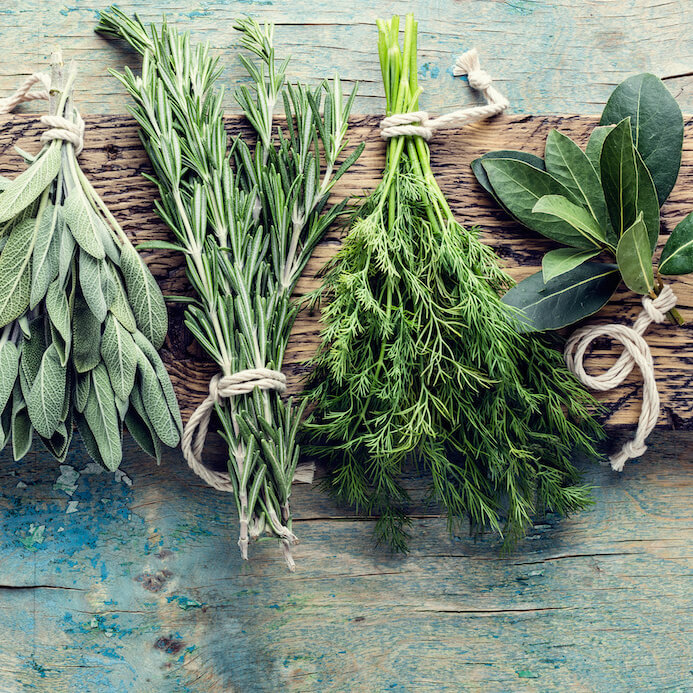Living Maxwell
Must-Read
Non-Organic Milk Tests Positive for Illegal Antibiotics, High Levels of Growth Hormones and Controversial Pesticide Contaminants
For years, I have been warning about the health risks of drinking non-organic hormonal milk.
But it isn’t just the synthetic growth hormones that are worrisome.
It is also the alarming level of antibiotics that animals receive and the pesticide-soaked, GMO grains they are fed.
A recently published report from researchers at Emory University, in collaboration with The Organic Center, is validating our concerns with non-organic milk.
Scientists found that a majority of samples of conventional retail milk tested positive for residues of antibiotics – two of which are banned from dairy production — and currently-used, controversial pesticides. Organic milk showed no such contaminants.
HIGHLIGHTS OF THE STUDY
* Antibiotic residues were detected in 60% of conventional milk samples and none of the organic samples. Significantly, 37% of the conventional samples tested positive for sulfamethazine, and 26% for sulfathiazole, both of which have long been outlawed in lactating dairy cows. Furthermore, one of the conventional samples contained residue levels of amoxicillin that exceeded the federally-allowed limit.
* Bovine growth hormone (bGH) residue levels were found to be 20 times higher in conventional milk than organic.
* Pesticide residues of chlorpyrifos, atrazine, permethrin and more were found in 26% to 60% of conventional samples and none of the organic samples. Residues of the controversial and restricted-use pesticide chlorpyrifos showed up in 59% of the conventional samples.
What this report clearly demonstrates is that not all milk is created equal, and conventional milk contains incredibly harmful and illegal materials.
“This study finds that the presence of antibiotics and pesticides in conventional milk is much more prevalent and pervasive than previously thought – and that organic milk doesn’t contain any of these contaminants. We hope this study will let people know that the choice is out there for good, clean organic,” said Dr. Jessica Shade, Director of Science Programs for The Organic Center.
WHAT TO DO
For families that feed their families milk, the choice is obvious. Organic is the safest way to go.
Furthermore, organic milk has been proven to be healthier, as it contains higher levels of omega 3s than conventional milk.
Unfortunately, this does not mean that shoppers should just buy any brand of USDA certified organic milk in the refrigerator case. Why?
Because not all organic milk is the same.
The USDA has turned a blind eye toward “organic factory farms” where animals are not given adequate space to roam and may not be following organic production rules. Case in point was The Washington Post’s investigation into Aurora Dairy.
That being said, there are many fantastic organic dairy farmers in the U.S., and the most trusted way to know which organic milk brand is the best is by checking Cornucopia’s Organic Dairy Scorecard.
Please share this post with any of your friends who are still buying their families conventional milk. They need to know the truth about the kind of milk that their loved ones are drinking.
